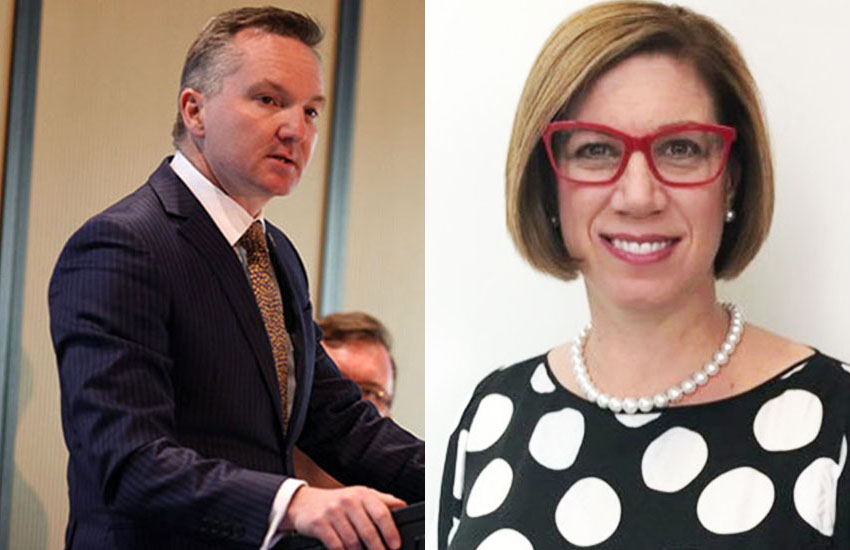Bowen’s franking credit figures pulled apart
TaxShadow treasurer Chris Bowen has been called out over the figures used in his franking credit rhetoric, with one tax expert highlighting the mismatch in various scenarios.

Mr Bowen has gone on the record several times this year using the comparison of a nurse and a retired shareholder to highlight the inequitable scenario in a bid to sell its proposal to end cash refunds for excess dividend imputation credits.
“A nurse who earns $67,000 a year we charge $13,000 in tax. But a retired shareholder who has $67,000 in income we charge her zero tax and then write her a cheque for $27,000. That is not OK,” Mr Bowen said.
TaxBanter senior tax trainer Robyn Jacobson has since analysed those figures, noting that while they sound compelling to the average taxpayer at face value, there are several discrepancies that show the numbers do not stack up.
Ms Jacobson noted that the franking rate is too high if Mr Bowen’s remarks imply that the franking credit refunded to the shareholder is $27,000.
“Assuming that the income of $67,000 to which Mr Bowen refers is the taxable income — that is, the shareholder has the same taxable income as the nurse — then this includes the dividend grossed up for the franking credit, suggesting that the dividend (actual cash received) is $40,000 and the franking credit (notional assessable income) is $27,000.
“However, this means that the franking rate applying to the dividend is just over 40 per cent, which is not possible under the imputation rules.”
Mr Jacobson also noted that if one is to accept those figures provided by Mr Bowen, the refundable amount would not add up.
“The income tax the shareholder pays on the taxable income of $67,000 — before the franking credit is applied — is $14,132 including the Medicare levy and the LMITO of $530 (same as the nurse),” she said.
“Then the franking credit of $27,000 is applied which reduces the tax payable to zero, and produces an excess franking credit of $12,868. The amount refunded to the shareholder is the excess franking credit of $12,868, not the entire amount of the $27,000 franking credit.”
SMSFs
"If a SMSF held the shares, and all of the members were in pension phase, and none of the members has exceeded their $1.6 million transfer balance cap (which would cause the SMSF to pay some tax on the earnings attributable to the capital above $1.6 million held in an accumulation account and therefore affect the outcome), then the income of the SMSF would be tax-free, in which case the SMSF would receive a full refund of the franking credit... but the refund representing the excess franking credit would be $20,100, not $27,000," added Ms Jacobson.
In further analysis and using a maximum franking rate of 30 per cent, Ms Jacobson listed a number of scenarios to illustrate the correct figures that would apply:
- the taxable income is $67,000 — then the dividend is $46,900, the franking credit is $20,100, and the refundable tax offset is $5,968;
- the dividend is $67,000 — then the franking credit is $28,714, the taxable income is $95,714 and the refundable tax offset is $3,444;
- the dividend is $40,000 — then the franking credit is $17,142, the taxable income is $57,142 and the refundable tax offset is $6,411;
- the franking credit is $27,000 — then the dividend is $63,000, the taxable income is $90,000 and the refundable tax offset is $4,933.
Labor’s argument
The ALP argued that cash refunds for excess imputation credits are not sustainable for the national accounts.
In his original policy statement, Mr Bowen said that the concession costs the federal budget about $5 billion per year.
Further, the ALP believes the current franking credit system needs to have its policy intent realigned.
“A Shorten Labor government will close down the concession created by Howard and Costello, and return to the arrangement first introduced by Hawke and Keating — so that imputation credits can be used to reduce tax, but not for cash refunds,” Mr Bowen said.




